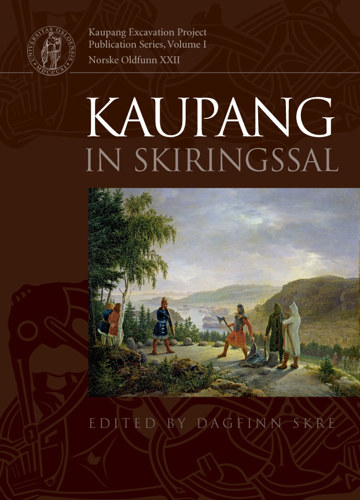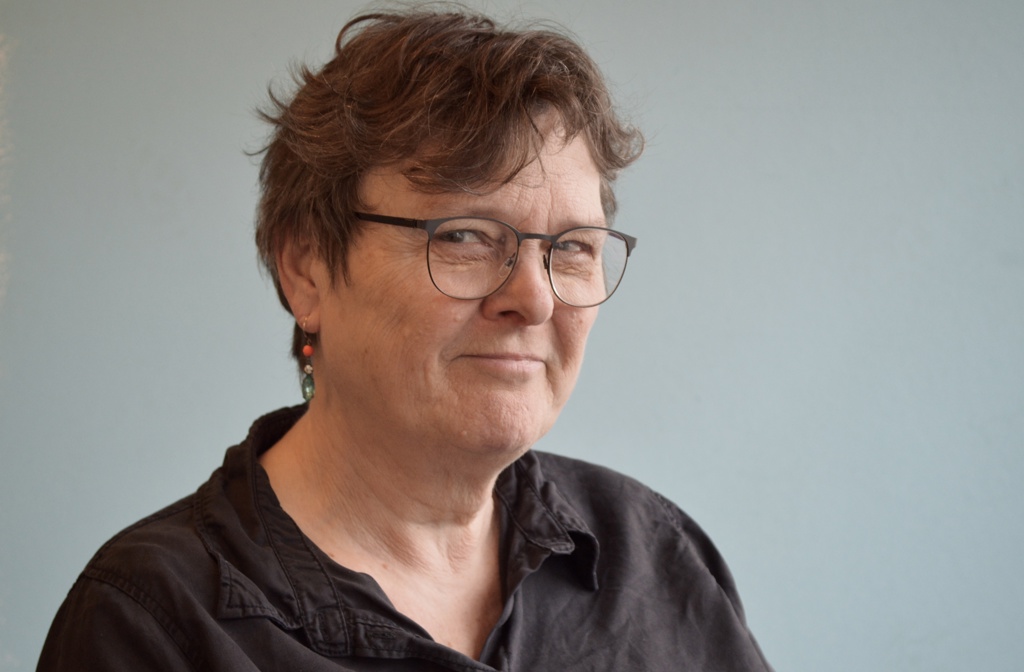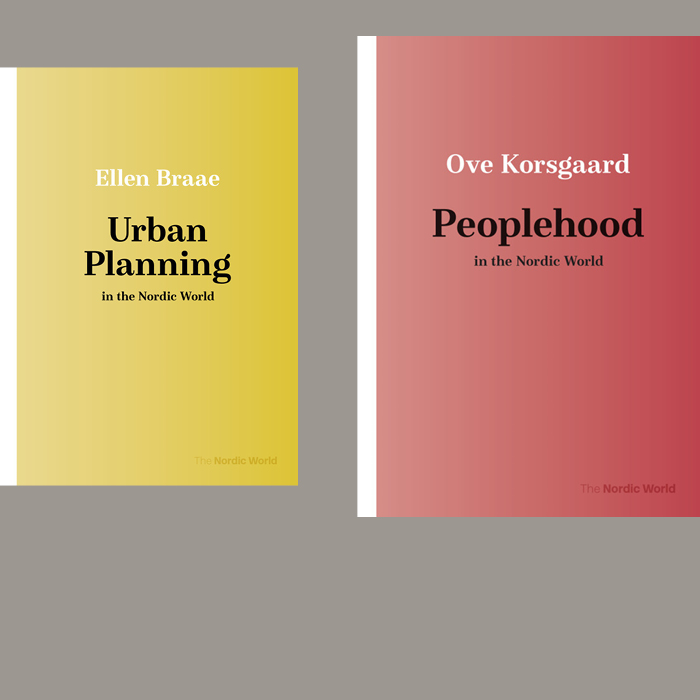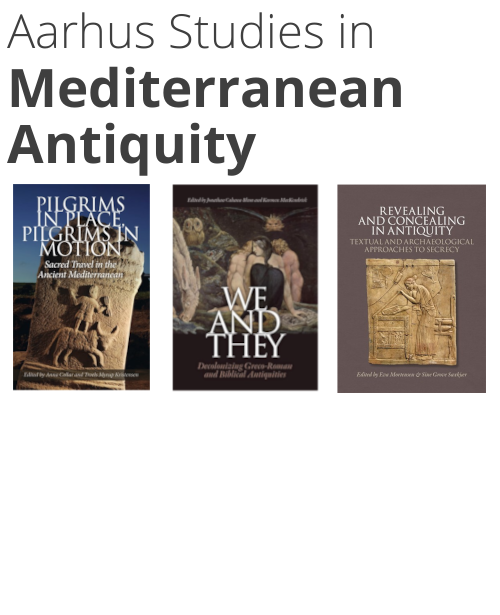
Kaupang in Skiringssal
A part of the series Kaupang Excavation Project Publication Series (1) , and the subject area Archaeology
Out of stock
Edited by
Dagfinn Skre
With contributions by
Steve Ashby,
James Barrett,
Niels Bonde,
Stefan Brink,
Kristine M. Bukholm,
Charles A.I. French,
Allan Hall,
Kari E. Henningsmoen,
Helge I. Høeg,
Cluny Johnstone,
Harry Kenward,
Karen B. Milek,
Terry O'Connor,
Unn Pedersen,
Lars Pilø,
Dagfinn Skre,
Bjørg Stabell,
Frans-Arne Stylegar and
Rolf Sørensen
More about the book
About the book
In this, the first of six volumes, the main results of the excavations which the University of Oslo carried out at Kaupang 1998-2003 are presented. A completely new picture is put forward of the port that the adventurer Ohthere visited in c. 890. It is now clear that Kaupang was one of the four Scandinavian towns that were founded around the year 800. Kaupang is connected to the power centre of Skiringssal, to the Ynglings - the legendary Norwegian royal lineage, and to the King of the Danes - the dominant political actor in south-west Scandinavia.
Kaupang is shown to have had several of the same features revealed in Birka, Hedeby and Ribe - i.e., a compact permanent settlement, divided into small plots, each with a dwelling. The town could have had 400-800 inhabitants. Substantial traces of trade and craftwork are proof of the main areas of occupation. Advanced geo- and environmental-archaeological analyses have played a large role in interpreting the finds.
Documentary sources indicate that Skiringssal was an important royal seat in the 700s and 800s. In the book these sources are put together with the archaeological and toponymical sources which, united, show a centre of power with a clear likeness to similar places in Denmark and Sweden. A hall or sal building, presumably the Skirings-sal itself, was excavated at Huseby, near Kaupang. Nearby, a thing site is situated by a holy lake. In this, the Yngling kings' centre of power, to which many people came to attend thing meetings and sacrificial feasts, the town Kaupang was founded.
In nine of the book's 20 chapters, the excavations' finds, analyses and results are presented. In three chapters, 200 years of research on Kaupang and Skiringssal are summarised, while in the remaining eight chapters an endeavour is made to re-establish the holistic approach to Skiringssal which dominated research during the first 100 years.
Sanne Lind Hansen

MA in ethnography and classical archeology and trained at the Danish School of Journalism. Sanne primarily works with anthropology, archeology and early history. She is also responsible for foreign sales and commission agreements, and she was once employed at the National Museum (Antiquities).
Press reviews
Richard Hodges, Medieval Archaeology 51:2007
"[...] a classic research study [...] this beautifully illustrated volume comprises essays before and after a substantial excavation report."
C.J. Hansische Geschichtsblätter
"Der vorliegenden Band ist ein Schwergewicht seiner Species, inhaltlich wie umfangreich [...]. Insgesamt handelt es sich um einen mehr als beeindruckenden Band moderner Archäologie, der auch für den Hansehistoriker die eine oder andere Anregung bereithält."




